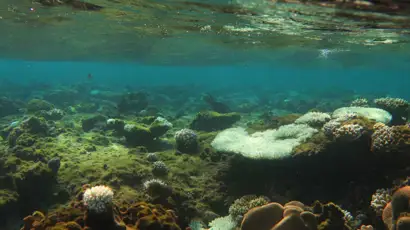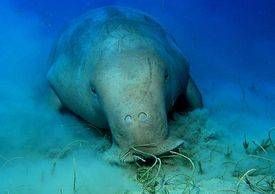Throughout the past few years, the Egyptian Red Sea has established itself globally as the destination to meet Oceanic Whitetip Sharks (Carcharhinus longimanus) underwater. Their presence at various dive sites, especially the offshore islands in the autumn season, has led to unique and memorable encounters for thousands of divers. Though, unfortunately, this shark species has made the headlines again. There have been an unusual string of attacks on tourists off the South Sinai beaches that has raised obvious questions about the causes or triggers of this highly uncharacteristic behavior.
It is a well known fact that humans have drastically changed the marine environment throughout the last decades. Habitat degradation, waste and sewage disposal, and destructive and unselective fishing methods have seriously affected all levels of the marine ecosystem, including its top predators: sharks.
Another well-known fact is that we simply don't have enough information and data on any of the Red Sea shark species to competently agree on the degree of ecological and behavioral changes caused by these human activities.
The only answer is dedicated research which is the basis of the Longimanus initiative as part of the HEPCA's Red Sea Sharks project.
Building on a population study on Carcharhinus longimanus that was initiated in fall 2004 by Dr. Elke Bojanowski, the initiative collects photo and video footage of Oceanic Whitetip Sharks, which is then used to identify individual sharks with the help of their natural markings. Provided we get the information on where and at which dive site and when the photographs/videos were taken, we are then able to follow these sharks’ movements.
The ability to follow individuals over time provides valuable insights into the sharks' movements, site fidelity, habitat use, behavior, intra- and inter-specific associations, and reproductive parameters.
With the assistance of well over 500 contributors, the database currently includes close to 550 individual sharks and grows steadily with every passing season. Field work is carried out on vessels of tour operator, blue o two, where guests are able to contribute to the project as well as learn about shark biology, behavior and conservation.






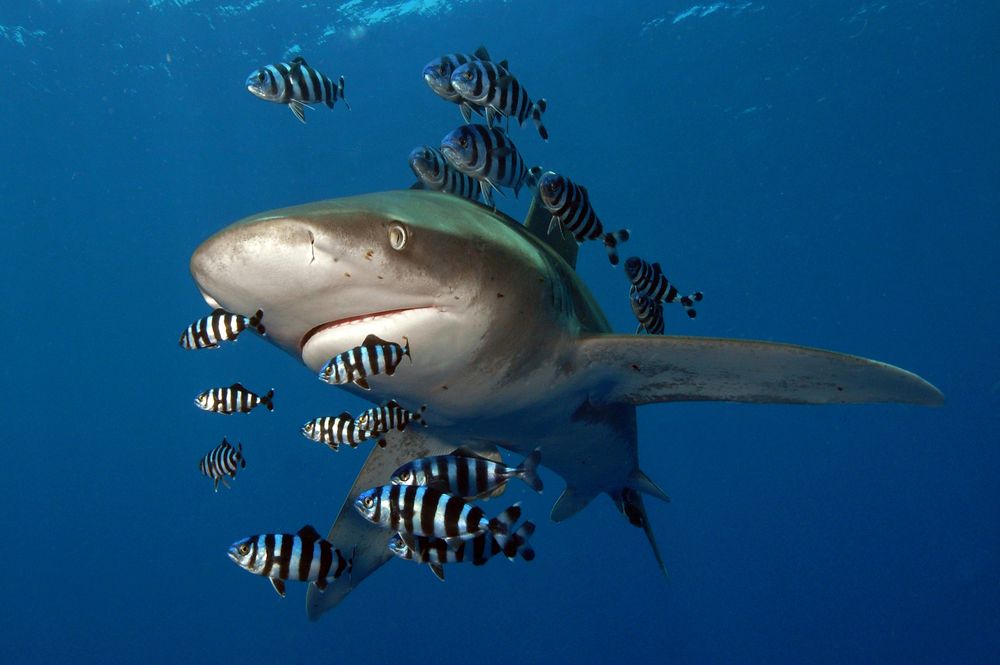
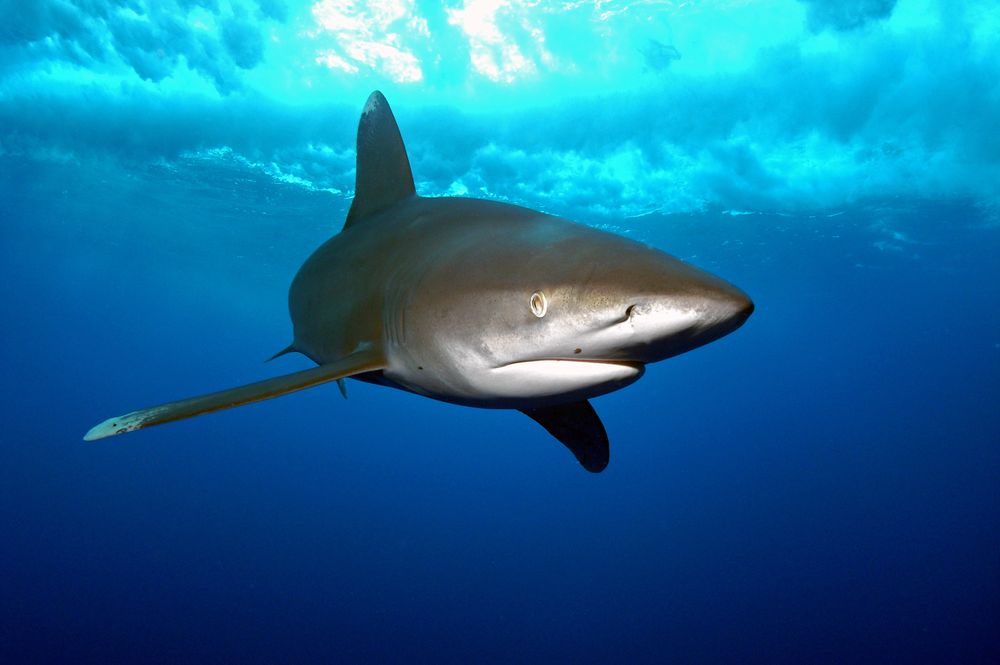
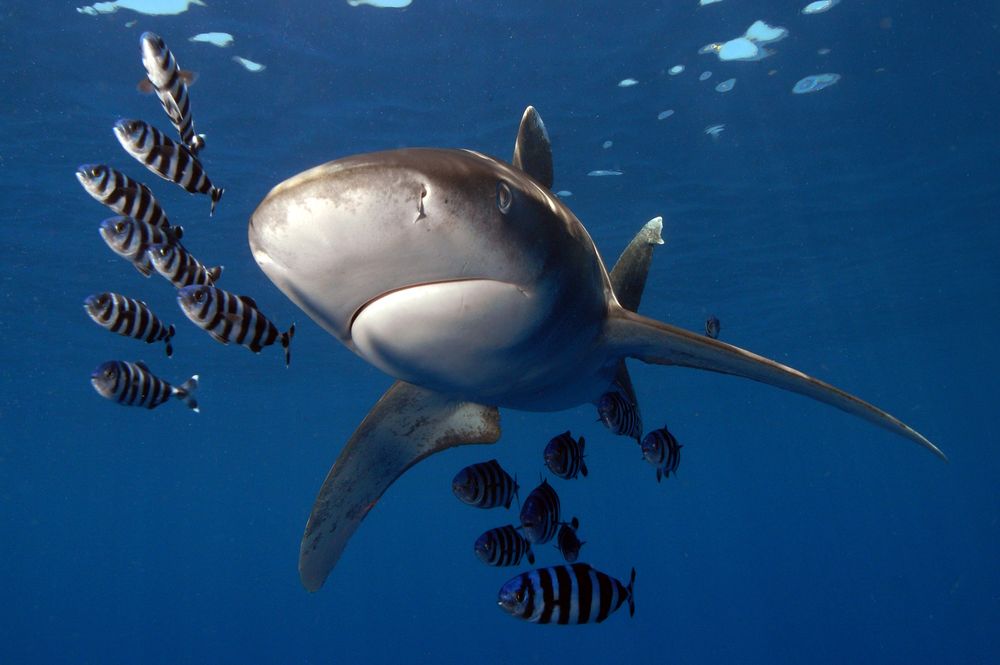


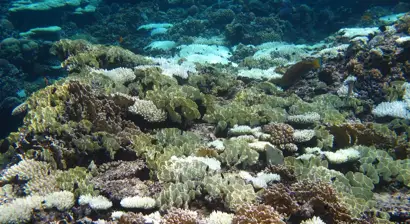
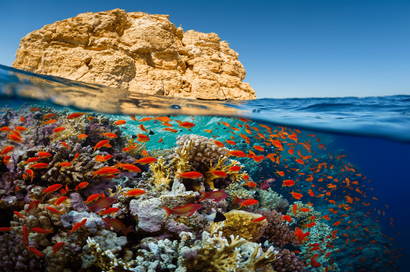
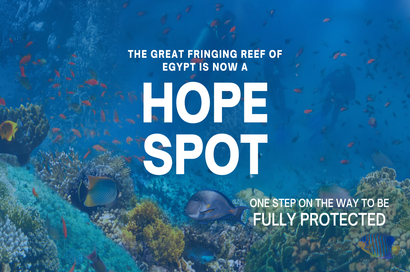
 - frame at 0m12s_lg.webp)
